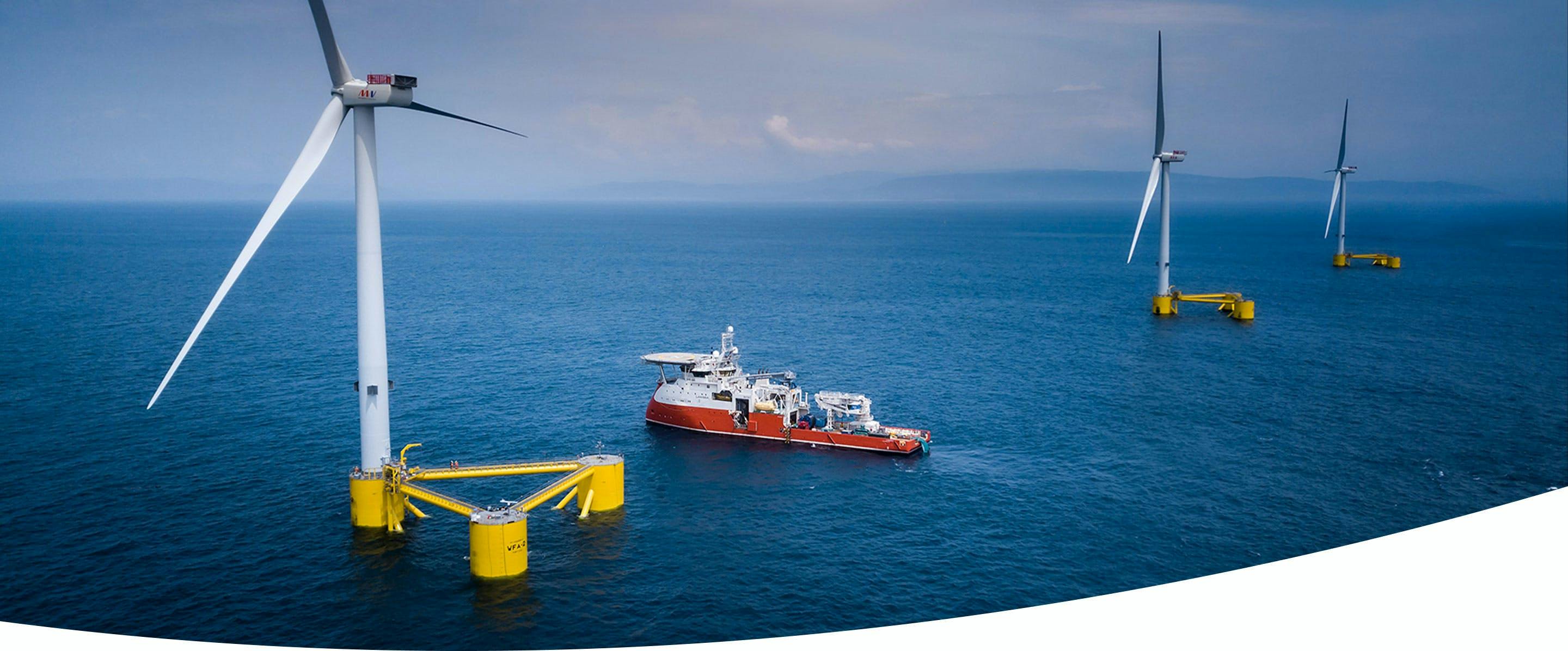
Spearheading the energy transition
Principle Power serves to deliver solutions to advance the energy transition
We take a leadership role in opening markets to floating offshore wind energy.
Our technical expertise and the experience of having originated and deployed several floating offshore wind projects globally provides customers, policymakers, and other stakeholders with proven solutions to ensure the successful development of projects.
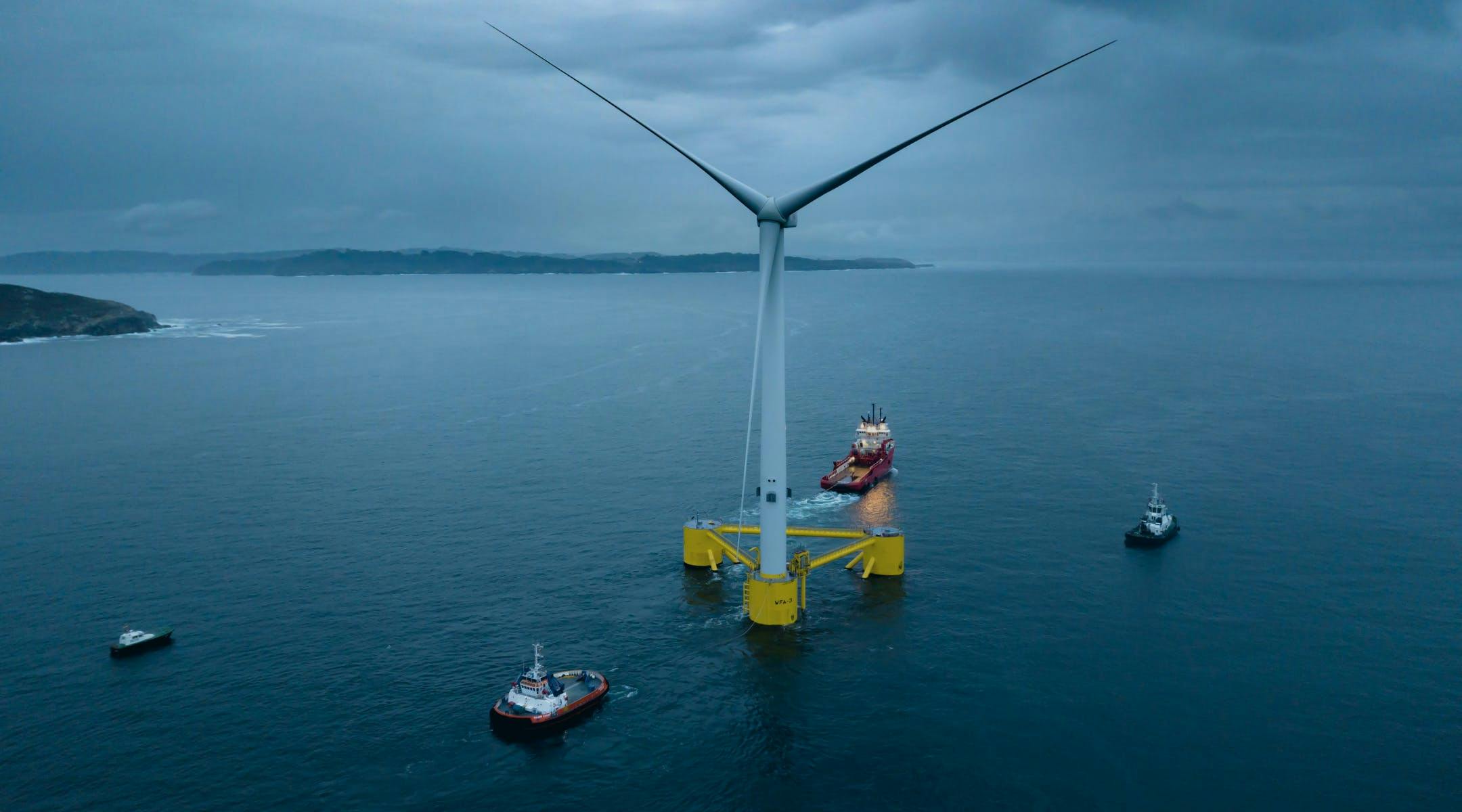
Wind power is at the forefront of the energy transition. Offshore wind has grown from less than 1 GW in 2005 to over 30 GW at the end of 2020.
The Energy Transition
Policy commitments are accelerating interest and investment in carbon-free renewable energy worldwide.
In 2015, at COP 21, 196 nations entered the UN's Paris Agreement, a legally binding international treaty on climate change setting a goal to limit global warming to below 2º Celsius when compared to pre-industrial levels.
The International Renewable Energy Agency project that an aggressive approach to transitioning the world’s energy system would drive a potential 75% cut in fossil fuel use, with renewables contributing a 66% share of total energy consumption by 2050.
A growing number of countries have set ambitious goals to decarbonize power generation in the decades leading up to 2050.
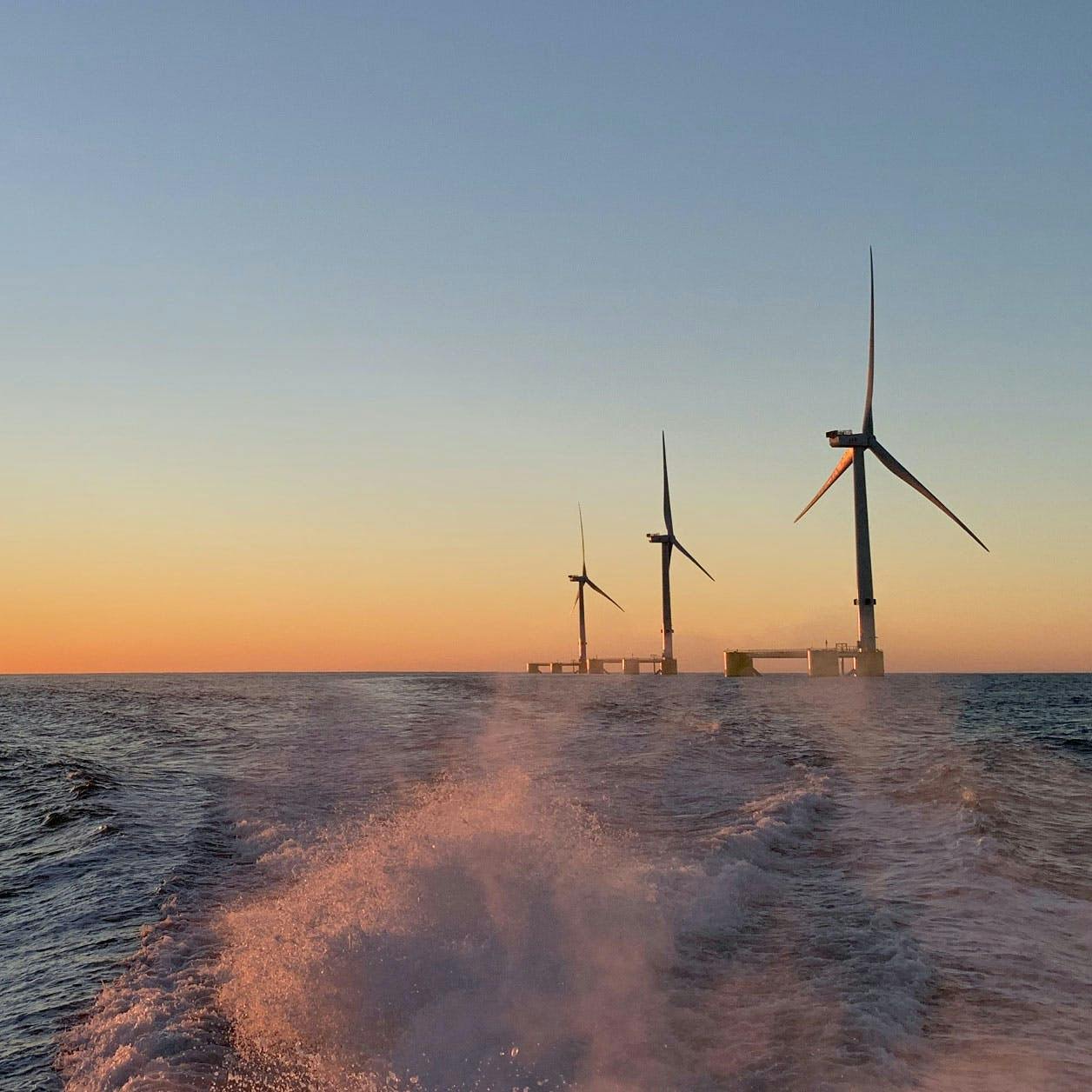
Offshore wind
Decision-makers are increasingly looking towards the enormous potential of ocean renewable energy to contribute to ambitious climate change targets and build sustainable coastal communities with minimal environmental impact.
The offshore industry has proven its ability to deliver GW-scale projects at competitive prices, driving accelerated interest.
The Ocean Renewable Energy Action Coalition (OREAC) has set out a vision of 1,400 GW of offshore wind generating capacity installed worldwide by 2050.
If this vision materializes, oceans will supply around 10% of the world’s electricity. Every coastal region of the world would have a thriving and sustainable ocean renewable energy industry.
The deployment of offshore wind has many benefits:

CO2 reduction
2.3 billions of tons of CO2 per year saved

Economic growth
Job creation and investment in infrastructure revitalize coastal communities

Affordable energy
Commercial-scale projects produce energy at or below the cost of conventional generation

Energy security
10+% of the world’s electricity supplied by clean offshore wind

Environment
Carbon-free energy production with minimum environmental footprint during construction and operations

Environmental justice
Offshore wind projects bring locally sourced clean power to vulnerable communities affected by climate change
Floating wind: the new frontier
Most offshore wind farms installed to date have used monopile or jacket foundations that are piled directly into the seabed. Waters suitable for these fixed-bottom offshore wind technologies are limited to countries with shallow waters.
Over 80% of the global offshore wind resource lies in waters over 40 m deep, creating demand for proven technologies that enable projects to be built in those deeper waters.
Floating Wind Platforms, like the ones within the WindFloat® portfolio, which are secured to the seabed with simple mooring lines, enable offshore wind projects to be sited in waters over 1,000 m deep, unlocking new areas for renewable energy generation.


Floating wind: poised for rapid expansion
The Carbon Trust Joint Industry Project has estimated that the floating offshore wind sector will grow to 10 GW by 2030 and 70 GW by 2040, with an upside potential of 120 GW by 2040. Our own analysis suggests that the industry is well on track to meet or exceed these projections, with over 60 GW of floating projects under development worldwide.
The speed of this growth is dependent on conducive and stable political and regulatory factors that create the potential for rapid cost reduction. We are working with our customers and a variety of trade industry associations to ensure that policymakers and regulators understand the conditions that can allow the industry to thrive and reach its full potential.


Learn about how Principle Power works with partners, customers, policy makers and regulators to advance the offshore wind industry.
More in this section
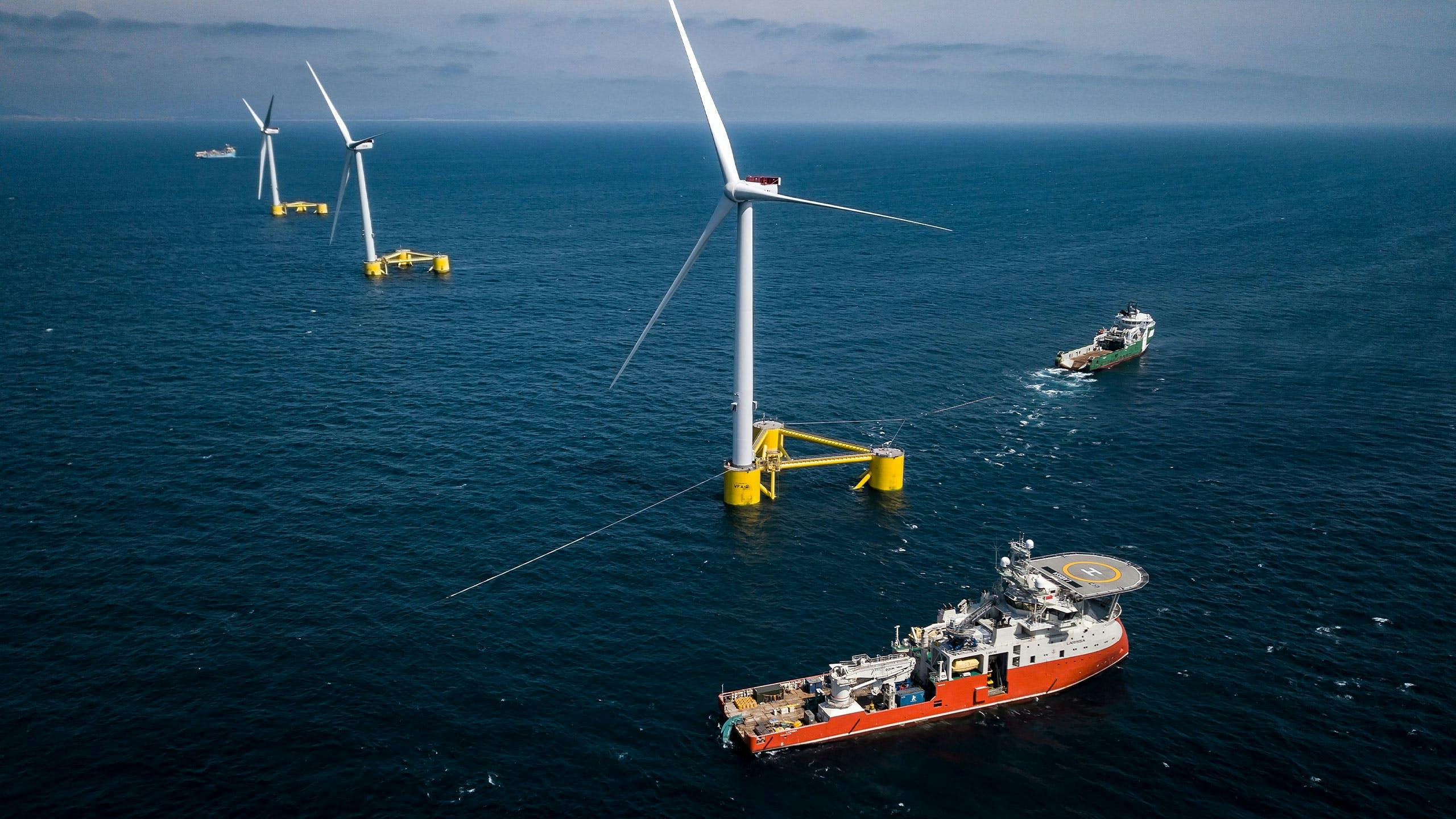
Our story
Principle Power was founded in 2007 to unlock the massive deep water renewable energy potential of the ocean.

Our team
Principle Power comprises over 80 talented and passionate people spanning across more than 15 nationalities.
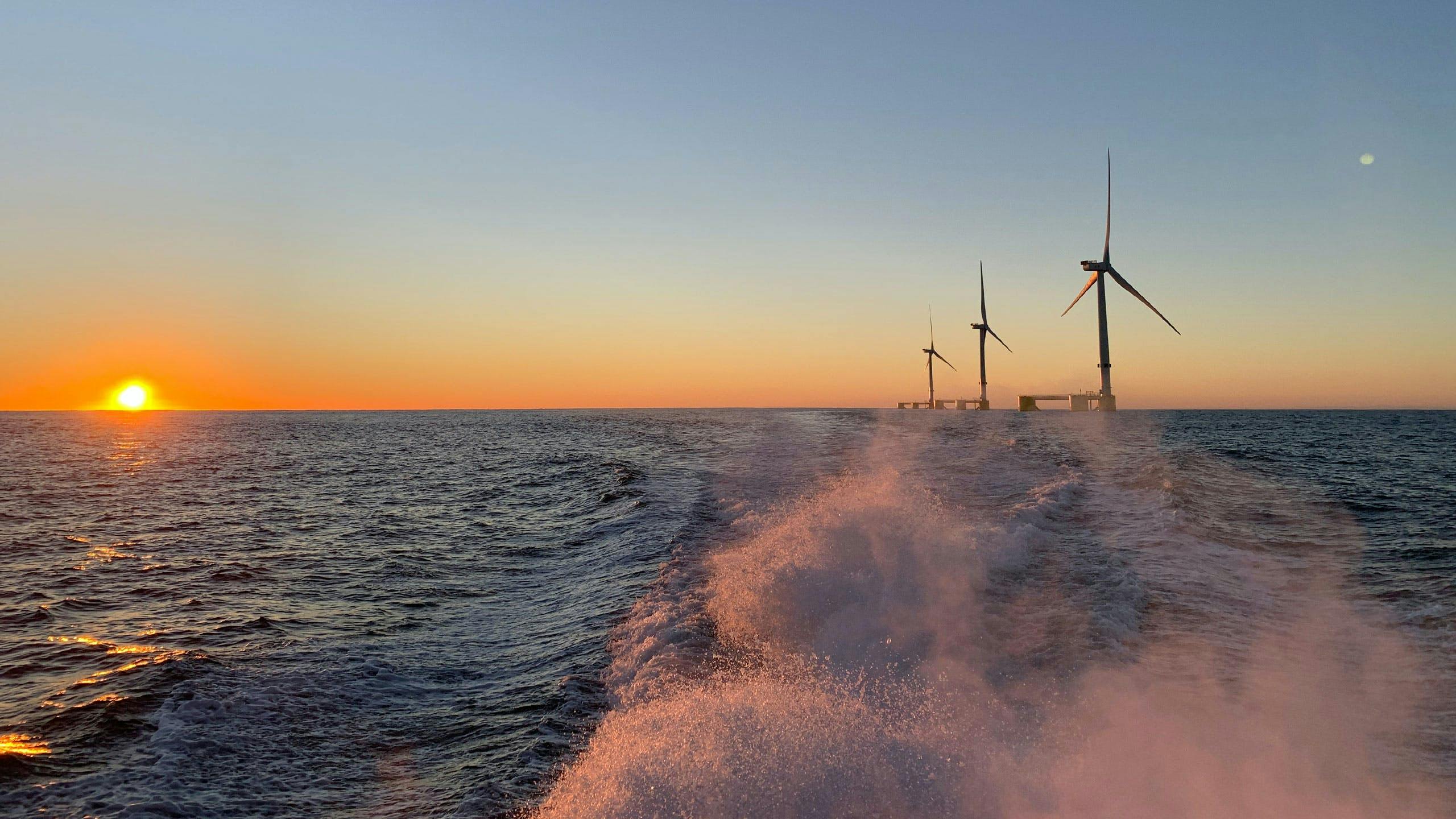
Quality, HS&E
Our commitment to people and the environment.
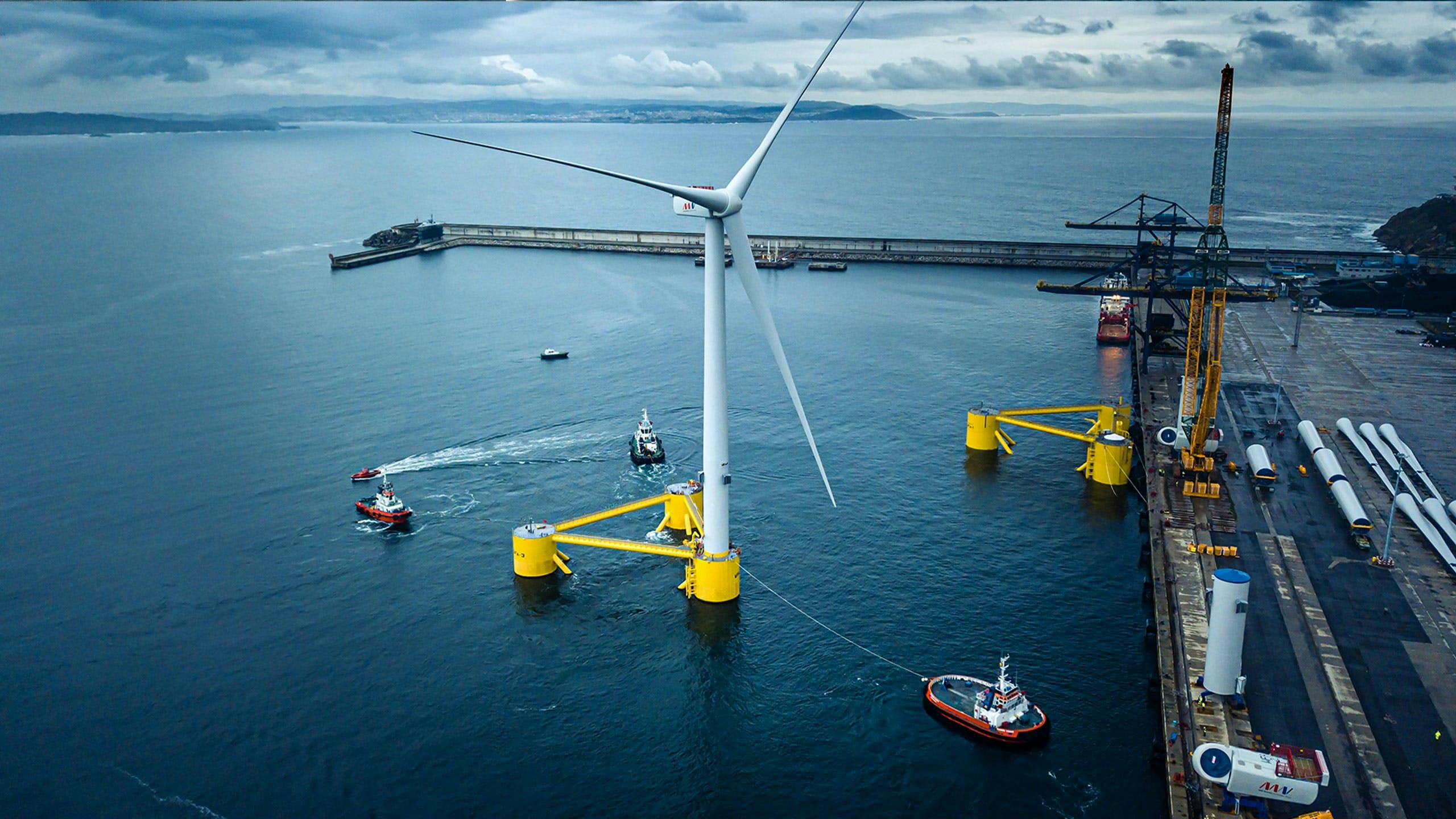
Advancing the industry
WindFloat® technology is creating new opportunities in offshore wind markets globally.
The WindFloat® advantage
PerformanceFabricationInstallationInspection, Maintenance & RepairConnectionLocal CommunitiesEnvironmentServices
Project Development SupportConcept and Pre-FEED DesignFEED and Detailed DesignProject Execution SupportInspect, Maintain & RepairEnd of Life Services

